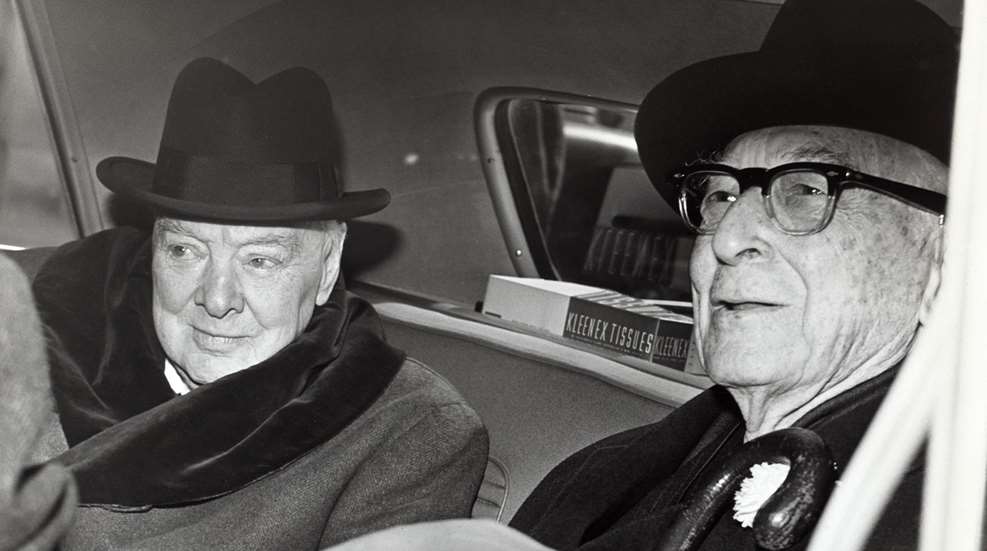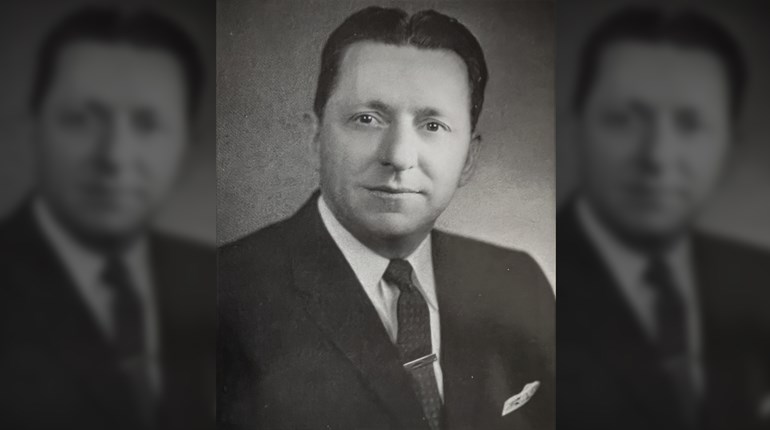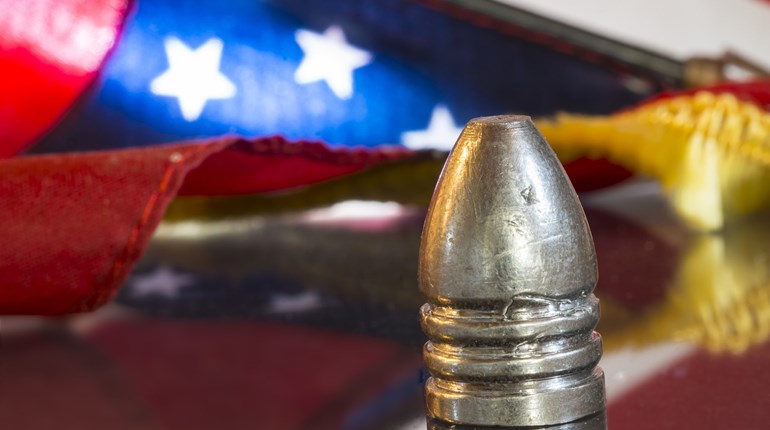
Most people today have never even heard his name, but a century ago Bernard M. Baruch (1870-1965) was one of America’s richest and most influential men. A businessman, statesman, and advisor to U.S. presidents (Wilson, Roosevelt and Truman), Baruch made millions in the New York Stock Exchange. Yet, he was also foresighted enough to anticipate the crash of 1929 and sold out just in time. He had suggested others to do the same, with some investors heeding his advice while most others did not.
“I did what you told me,” the famous humorist Will Rogers told Baruch when the two met after the Black Tuesday market crash of October 29, 1929, “and you saved my life.”
A very busy man, Baruch had a favorite way of relaxing from his many responsibilities: quail hunting. Through the years his interest in bobwhites grew from pastime, to hobby, to addiction, to obsession. The first half of the 20th Century was the heyday of wild quail in America, and the southern states east of the Mississippi were full of bobwhites. An estimated 25 million quail were shot by sport hunters annually.
Between 1905 and 1907, Baruch took his millions and purchased 16,000 rural acres in Georgetown County, South Carolina, his home state. Consolidating 14 former plantations, the area became known as Hobcaw Barony, also sometimes called Bellefield Plantation. In essence, the plantation was a quail-hunting preserve for Baruch and his well-heeled guests, a place to entertain America’s rich and famous, such as WWII General Omar Bradley. Baruch enjoyed quail hunting so much that later in life he would often hunt six days per week throughout the three-month quail season.
“He has been a passionate quail shooter for something like 65 years, and is possibly the best senior quail assassin in the land.” So wrote Robert Ruark in “The Brave Quail,” a story published in Field & Stream magazine in December 1951. One of the leading outdoor writers of the day, Ruark’s many hunting books such as Horn of the Hunter and The Old Man and the Boy, are still read yet today.
Ruark had the good fortune of being invited to a quail hunt at Hobcaw Barony, and the rest of us have the good fortune of reading what he thought of the experience. “Quail killing at Mr. Baruch’s is regarded as the top shooting privilege in the nation today,” he said. He then described Baruch’s quail-management system, and did it in classic Ruark style.
“The preservation of his quail is a local industry. His acres are constantly patrolled by a fleet of overseers. Cats, run wild, are exterminated. Bounties are paid on varmints. At the end of the season the woods are burnt free of underbrush, so the little birds will not be trapped in the matted grasses. Poaching is more of a sin in that neighborhood than voting Republican.”
Ruark mentioned that the various quail hunting groups, usually three per day, were limited to four people each, with only one member of each group permitted to carry a shotgun and actually shoot. Of the other three members of a group, one worked the long-legged, wide-ranging pair of flashy birddogs, while the remaining two members helped the dogs find downed birds or watched in which direction the surviving quail of a covey flew.
Hunting groups also did not walk between coveys, which would have meant hiking many miles during a day’s hunt. Rather, all four members of a group were mounted; the shooter and dog handler on horses, the other two men on mules. The shooter, of course, would dismount and approach a covey of quail on foot, firing when it flushed.
“Fifty percent is considered excellent in quail shooting,” Ruark continued. “A man who can average thirty percent, for shells expended, is good. Sixty percent is fantastic…and seventy-five percent is nearly unheard of. Getting a limit at all [15 quail in a day], even with the profusion of game that Baruch’s grounds boast, is a signal for champagne at the big house.”
Never one to be shy with his opinions, Ruark also gave his thoughts about the various shotgun gauges used for quail hunting. “The gauge of the gun is an index to the ability of the man… If it is a 12-gauge, he is so-so at his business. If it is a 16-gauge, he is pretty good. If it’s a 20-gauge, he is excellent, and if it’s a .410 he is bragging.”
Bernard Baruch’s shotgun of choice was a 16-gauge double-barrel, a popular gauge at the time that has since faded into firearms obscurity. He was so proficient with that particular gauge and so familiar with his particular gun that he would shoot once at the first quail to rise from a covey, break open the shotgun, eject the spent hull, load a fresh shell, and shoot twice more at the rest of the covey as it flew off—often killing three quail from a single covey flush! Keep in mind that quail can fly 40 miles per hour. Baruch was such an outstanding shot that even at age 81 he once killed 15 quail with just 13 shells.
It was quail hunting that Baruch credited with keeping him active well into his advanced years. He died at age 95, and according to historian Thomas A. Krueger, “For half a century, Bernard Baruch was one of the country’s richest and most powerful men.” And, I might add, one of its very best quail shots.
In November of 1994, nearly 30 years after Baruch’s death, Hobcaw Barony was named to the National Register of Historic Places. Today, it is owned and operated by the Belle W. Baruch Foundation, named for Bernard Baruch’s oldest daughter. The foundation’s primary mission is to “conserve Hobcaw Barony’s unique natural and cultural resources for research and education.” It is also open to visits from the public.
An interesting aside that Robert Ruark mentioned in his magazine story was that Bernard Baruch was “deaf as a post” when not wearing his hearing aids, which he did not wear while hunting. Baruch’s severe hearing loss was no doubt due to decades of hunting and shooting without wearing ear protection. But in his defense, a century ago no one used hearing protection. It was simply not yet understood that shooting has an accumulative negative effect on hearing, and will damage a person’s hearing ability over time. That should be a heeded warning to all of us hunters and shooters today. Whether in the hunting field or at the range, always wear your ear and eye protection.





































